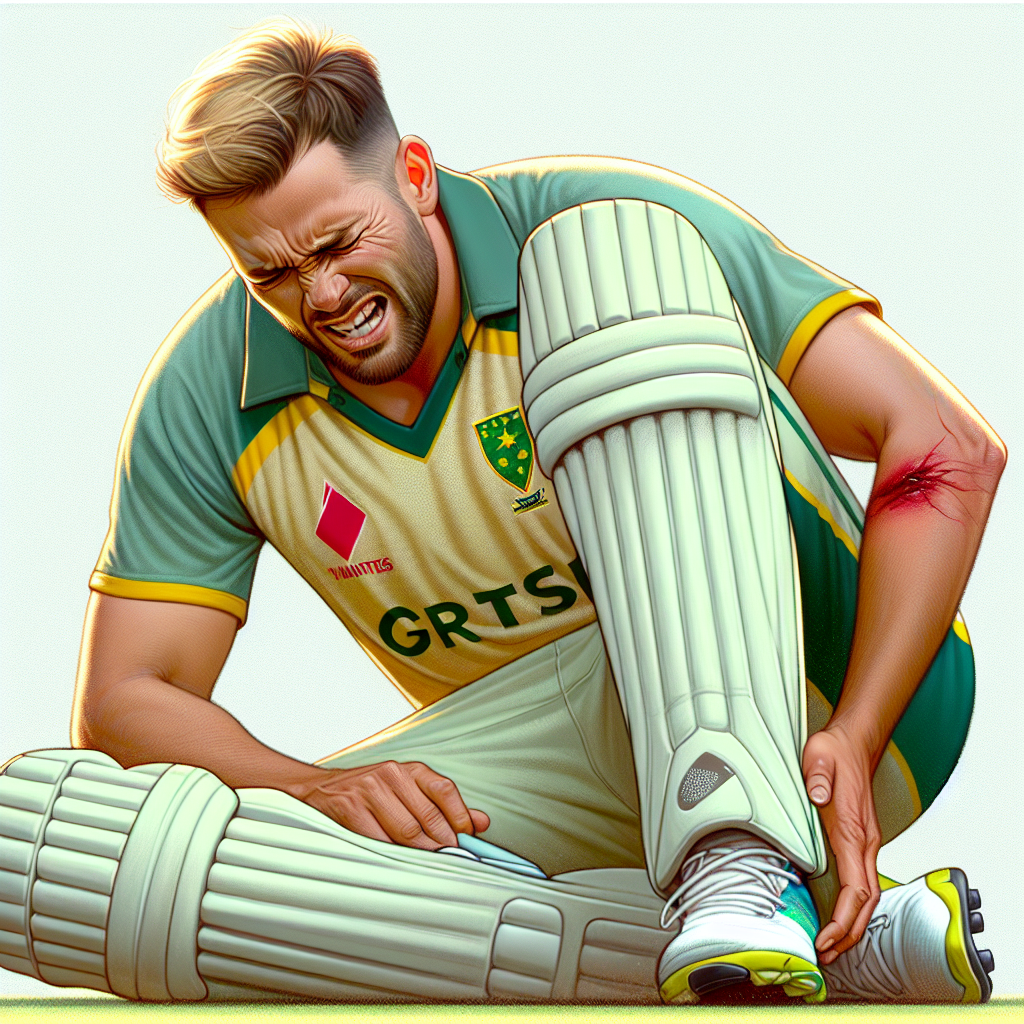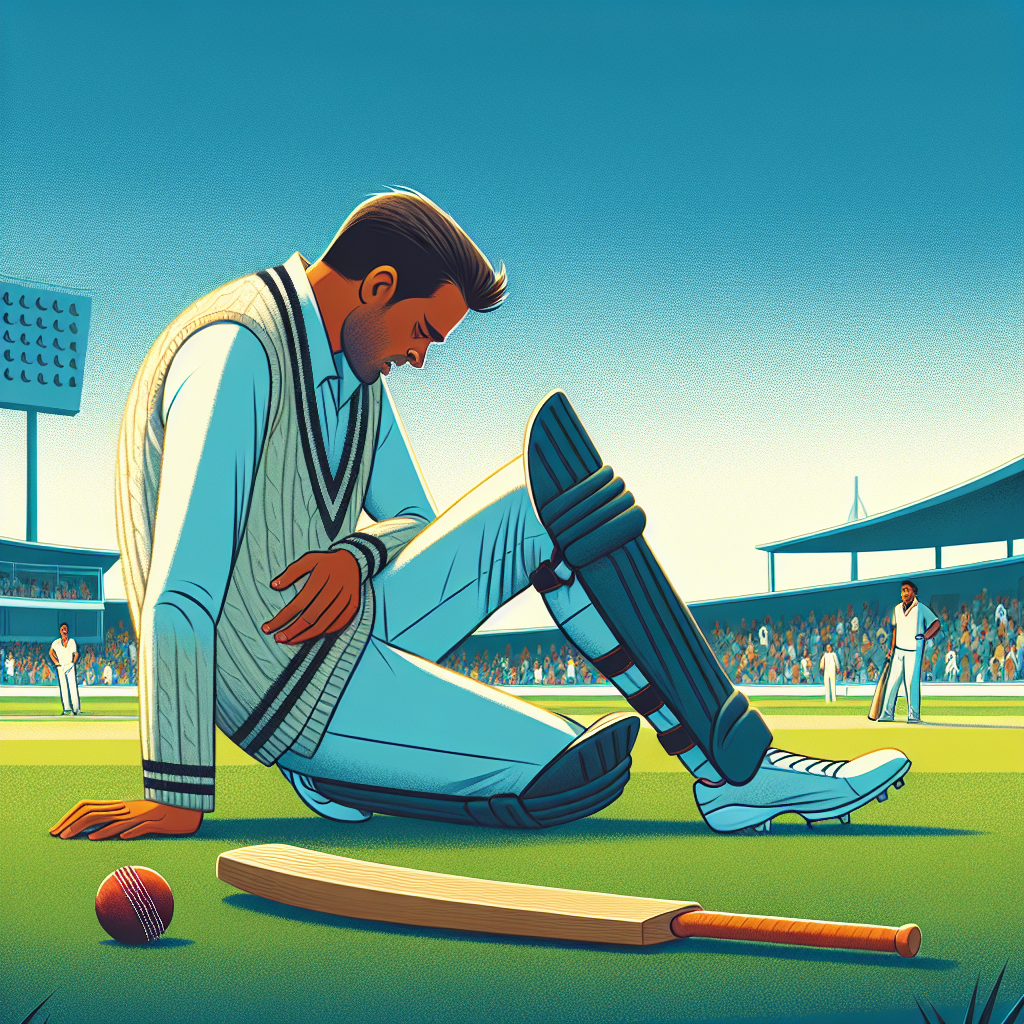David Warner Injury: A Comprehensive Analysis

David Warner, the Australian cricketer known for his aggressive batting style and leadership qualities, has been a pivotal figure in international cricket. However, like many athletes, Warner’s career has been punctuated by injuries that have tested his resilience and determination. This article delves into the various injuries Warner has faced, their impact on his career, and the broader implications for athletes in high-impact sports.
Understanding David Warner’s Injury History
David Warner’s career has been marked by several injuries, each affecting his performance and availability for crucial matches. Understanding the nature and impact of these injuries provides insight into the challenges faced by professional athletes.
Major Injuries and Their Impact
- Groin Injury (2020): One of Warner’s most significant injuries occurred during the ODI series against India in 2020. A groin strain forced him to miss the first two Tests of the Border-Gavaskar Trophy. This injury not only affected his physical capabilities but also disrupted the team’s dynamics.
- Elbow Injury (2019): Warner suffered an elbow injury during the Bangladesh Premier League, which required surgery. This injury sidelined him for several weeks, impacting his preparation for the 2019 ICC Cricket World Cup.
- Neck Injury (2018): A neck injury during a training session ahead of a Test series against South Africa raised concerns about Warner’s participation. Although he managed to play, the injury highlighted the physical demands of cricket.
Impact on Performance and Team Dynamics
Injuries not only affect an athlete’s physical performance but also have psychological and strategic implications. Warner’s injuries have often led to:
- Changes in Team Composition: Warner’s absence necessitated changes in the batting order, affecting team strategy and performance.
- Psychological Pressure: The pressure to recover quickly and perform at peak levels can be mentally taxing for athletes.
- Leadership Challenges: As a senior player, Warner’s injuries have sometimes left a leadership void in the team.
The Road to Recovery: Rehabilitation and Comeback
Recovering from injuries is a critical aspect of an athlete’s career. Warner’s approach to rehabilitation and his successful comebacks offer valuable lessons in resilience and determination.
Rehabilitation Strategies
Warner’s rehabilitation process typically involves:
- Physical Therapy: Customized exercises and treatments to restore strength and flexibility.
- Medical Interventions: Surgeries and medical treatments to address severe injuries.
- Psychological Support: Mental health support to cope with the stress of injuries and recovery.
Successful Comebacks
Despite his injuries, Warner has made several successful comebacks, demonstrating his resilience and commitment to the sport. Notable comebacks include:
- 2019 ICC Cricket World Cup: After recovering from an elbow injury, Warner emerged as one of the top run-scorers in the tournament.
- 2021 T20 World Cup: Warner played a crucial role in Australia’s victory, showcasing his ability to perform under pressure.
Lessons for Athletes: Managing Injuries in High-Impact Sports
Warner’s experiences offer valuable insights for athletes in high-impact sports. Managing injuries effectively is crucial for maintaining a long and successful career.
Preventive Measures
Athletes can adopt several preventive measures to minimize the risk of injuries:
- Regular Fitness Assessments: Routine evaluations to identify potential risk factors.
- Strength and Conditioning Programs: Tailored programs to enhance physical resilience.
- Proper Rest and Recovery: Adequate rest periods to allow the body to recover and prevent overuse injuries.
Importance of Mental Resilience
Mental resilience is as important as physical fitness in managing injuries. Athletes should focus on:
- Positive Mindset: Maintaining a positive outlook during recovery can accelerate the healing process.
- Support Systems: Building a strong support network of family, friends, and professionals.
- Goal Setting: Setting realistic recovery goals to stay motivated and focused.
The Broader Implications: Injuries in Professional Sports
Warner’s injury history reflects broader trends and challenges in professional sports. Understanding these implications can help stakeholders develop better strategies for athlete welfare.
Economic Impact
Injuries can have significant economic implications for teams and leagues:
- Loss of Revenue: Star players’ absence can lead to decreased ticket sales and viewership.
- Increased Medical Costs: Treatment and rehabilitation expenses can strain team budgets.
Policy and Safety Measures
Sports organizations are increasingly focusing on enhancing safety measures to protect athletes:
- Improved Equipment: Investing in advanced protective gear to reduce injury risks.
- Stricter Regulations: Implementing rules to minimize dangerous play and ensure player safety.
Conclusion: The Resilience of David Warner
David Warner’s journey through injuries and recovery is a testament to his resilience and dedication to cricket. His experiences highlight the physical and mental challenges faced by athletes in high-impact sports. By adopting preventive measures, focusing on mental resilience, and implementing effective safety policies, athletes and sports organizations can better manage the risks associated with injuries. Warner’s story serves as an inspiration for athletes worldwide, demonstrating that with determination and support, it is possible to overcome adversity and achieve greatness.




